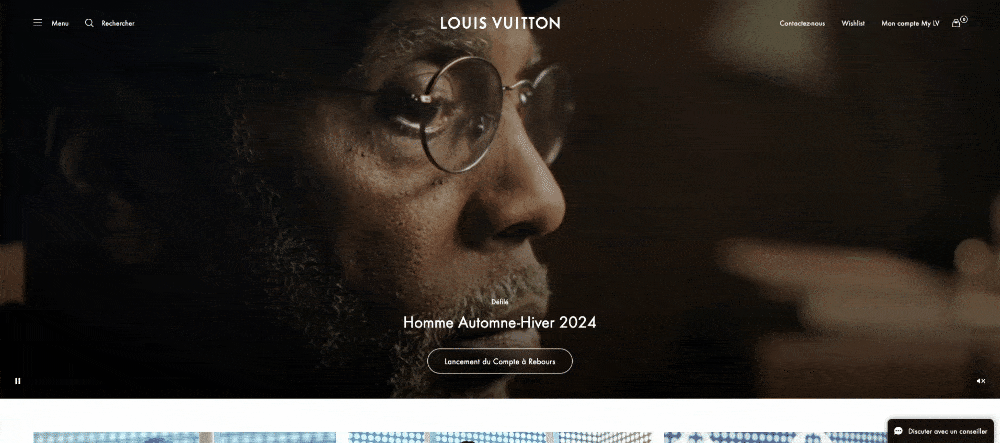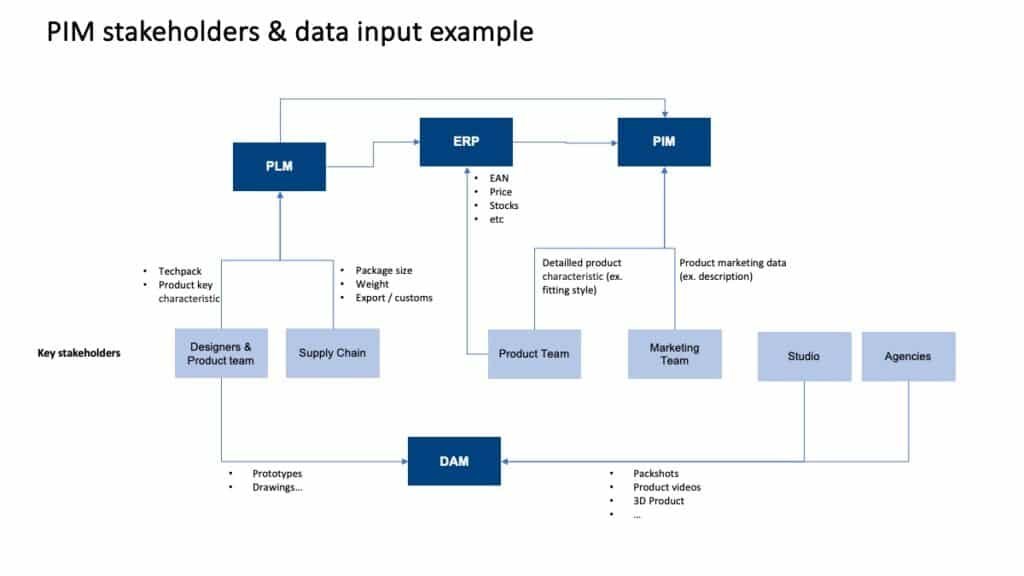This week, I’d like to share with you a use case from LVMH, the well-known luxury group which owns among the best brands across several verticals:
- Fashion & leather goods: Louis Vuitton, Celine, Christian Dior, Fendi, Givemchy, Kenzo…
- Beauty: Guerlain, Christian Dior Parfums, Benefit Cosmetics, Make up for ever…
- Wine & spirits: Moët & Chandon, Mercier, Ruinart…
- Watch & jewelry: Chaumet, Fred, Tag Heuer…
- Selective Distribution: 24S, Sephora, Le Bon Marché…
Luxury standards implies to create and deliver an exceptional product ceremony to elevate the product and brand experience. Consumers purchase luxury goods for different reasons (social status, product quality and exclusivity, demonstrate wealth and success, etc) and the product ceremony is one of them.
Here are a few insights about the early stage of the consumer journey in the luxury industry.
Lesson 1. Product discovery experience makes the sell
From the intention stage to the action of actually purchasing the product, consumers go through a complex journey.
They discover a brand or product the via social medias, celebrities or fashion shows. Throughout this discovery phase, they switch from one channel to another : social media -> magazines -> TV -> brand site…
As they refine and confirm their desire to buy, the experience they have with products become the trigger to purchase.
To influence this target action, luxury brands must showcase their product in a exceptional and differented way, whatever the touchpoint, the so-called “Product ceremony”.
That translates into immersive and highly qualitative product videos and imagery.
On the Louis Vuitton website, the home page showcase a video that immerse you into the latest collection atmosphere.

A 2nd example on the product listing page where the design ensures that you see not only products but also how they fit on the model where you roll over a given product.

Lession 2. Product data is critical, at every detail
Once the consumer reaches out to the Product Detail Page (PDP), a deep attention is put on the product content. Based on specific brand guidelines, copywritters deliver product copies that tackles any barriers to purchase:
- Product imagery including product zoom : consumer can browse the carousel with, at least, 5 product images and often a video showcasing the product. The product is shot under different angles and also worn by the model.
- Qualitative Product description: the product description not only describes the product main features but also elevates the experience as if you were taking to a store staff.
- Model body measurement and size worn: the visitor can better size how the product fits
- Additional information about how the product fits, whether the product slim or loose ; such information may reduce drastically return rates.
- A fit finder tool to find your size more easily thanks to your body shape and measurements.
- Virtual Try on for shoes, jewelry or sunglasses : use your video camero or smartphone to try the product virtually
- Return policy giving more reassurance to the consumer
- And so on…
Browsing the PDP will not only convince the consumer to add the product to the basket but will also bring reassurance to purchasing the product.
Lesson 3. Technology enables a seamless omnichannel product experience
Such a product strategy relies on solid technological choices made by the group. LVMH has implemented Akeneo, a PIM Platform (Product Information Management) to centralize and manage product data across all channels (source).
Based on my expertise across several retailers and brands, a PIM may integrate as follow in an IT architecture:

- The product lifecycle usually starts with the PLM (Product Life Cycle Management) that the product team and designers use at the very early stage (product design).
- At this stage, the DAM, Digital Assets Management, can be used to store prototypes or other source files used to design the product.
- Once the product ready for commercialization, it is created into the ERP (Enterprise Ressource Planning) along with a unique identifier, a price, a stock level, etc
- The PIM then aggregates this product data. It’s being enriched based on distribution chanels requirements.
As you can see on the sample PIM architecture chart above, the PIM can feed various channels
- POS – Point of sales – application,
- Clientelling app that the sales associates use in-store to capture customer data (ex. tablet),
- The eCommerce engine, which can feed different store fronts,
- A feed management tool (ex. Lengow, Shoppingfeed, Channable, etc) to push your product data to Google Shopping, Facebook shopping or any other social media and marketplaces across the globe,
- A retailer syndication partner to feed your distributors’ retail partners’ PIM.
Lesson 4. Product experience is a joined effort from many internal stakeholders
Product data stored into the PIM is not just a concern of Marketing folks.
It’s a good practice to include supply-chain related product data as well as product information not visible to the public, yet very usefull for order fullfilment purposes.
As an exemple, if you’re selling cross-border, you may need to include specific product data to clear customs.
As a consequence, managing your product data implies the implication of many stakeholders within the company
- Designers, engineers,
- Product teams,
- Supply chain,
- Marketing team,
- Studio team,
- And obviously external agencies and partners.

How those lessons can related to your business ?
Even if you’re not operating in the luxury industry, this use case should resonate at your organisation.
You may learn the following lessons and apply them into your product experience strategy:
- Consider the strategic implications of your prepurchase phase and how you showcase your product experience,
- Manage carefully product data according to your omnichannel straetgy,
- Set up the relevant tools to support your product strategy (PIM, DAM, product feed),
- Implement the right governance to ensure your teams are involved on the entire product life cycle.
